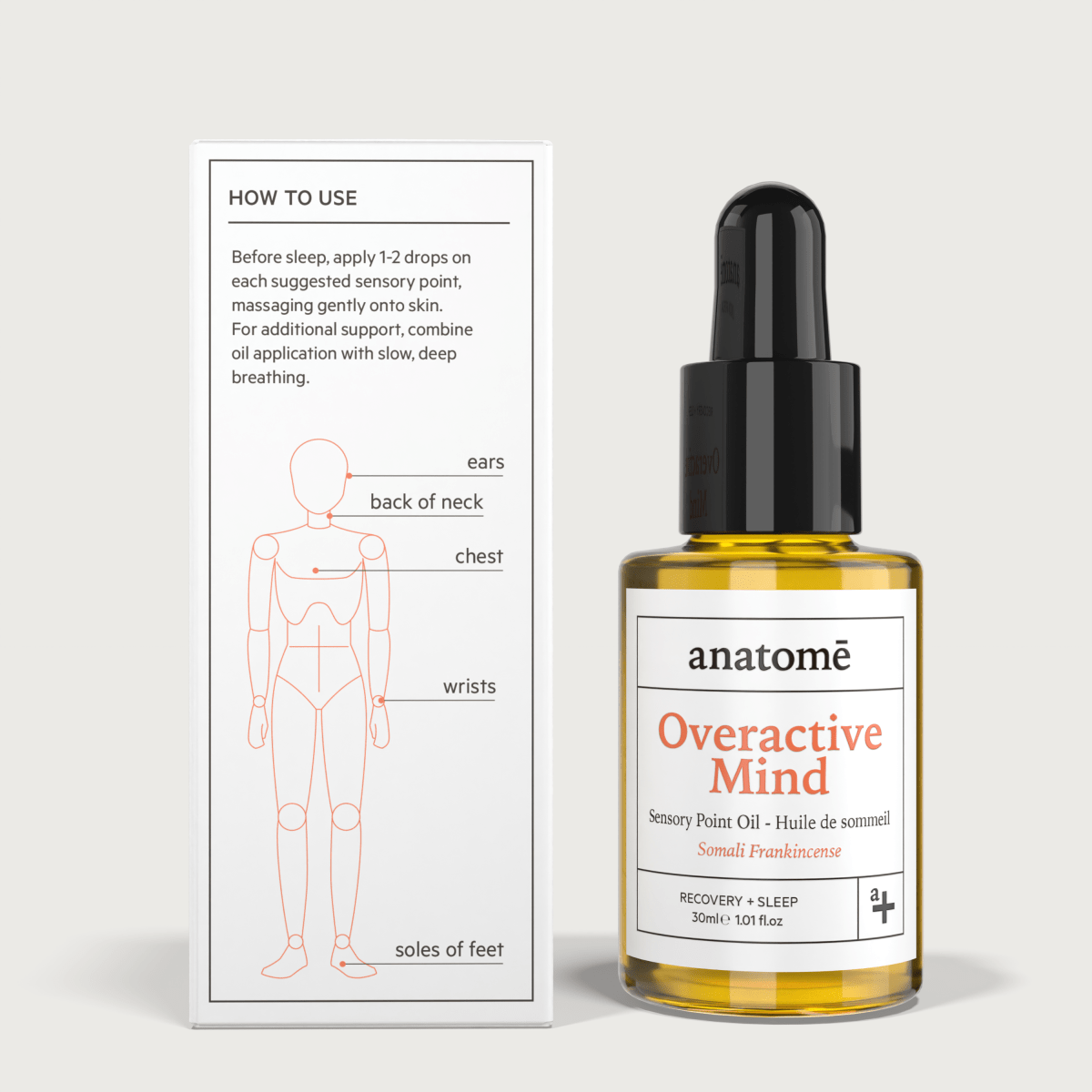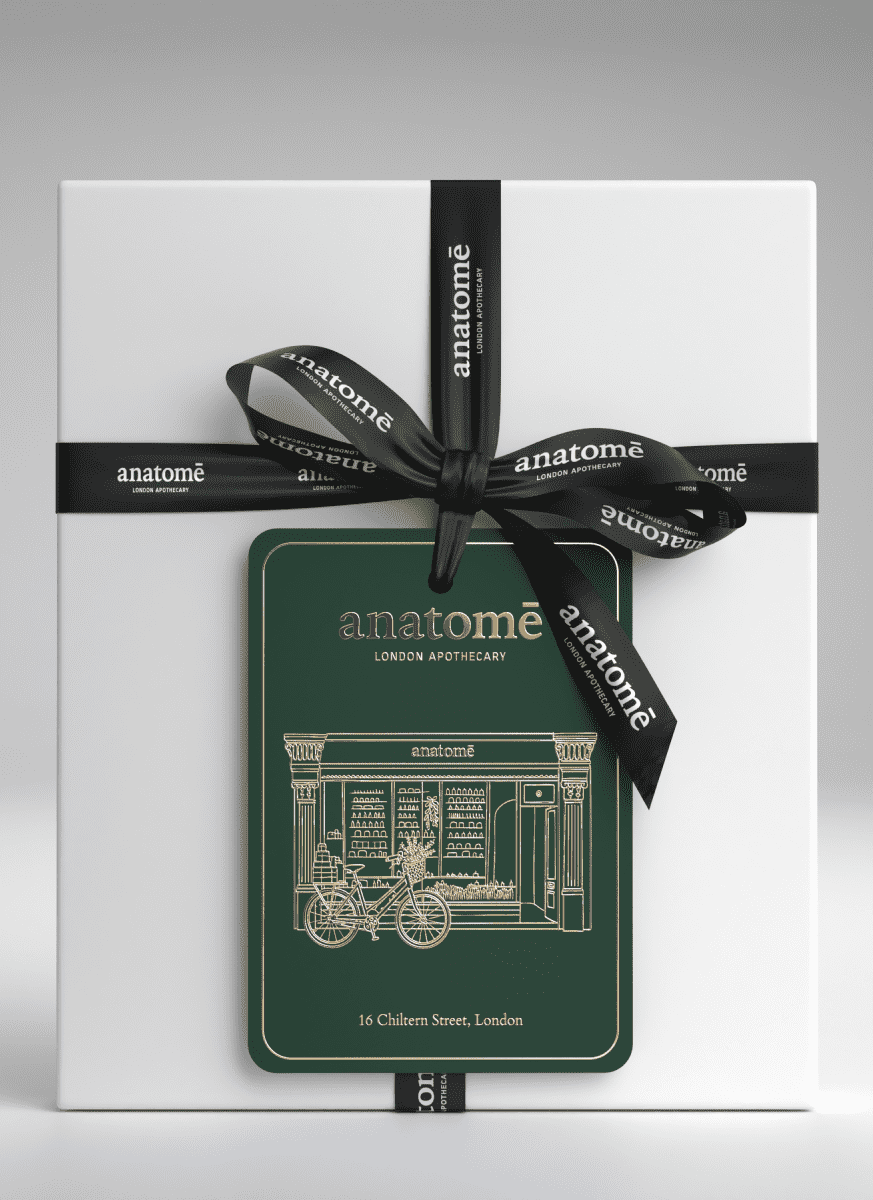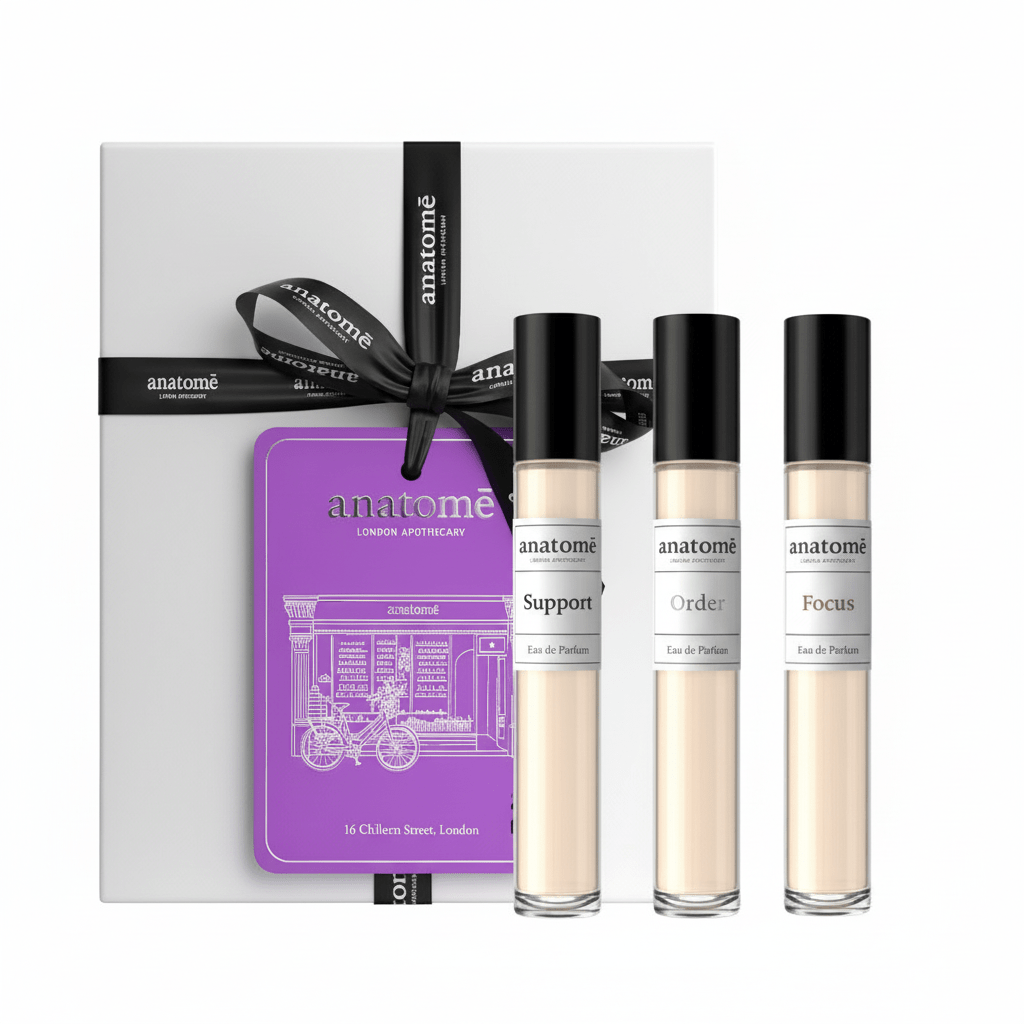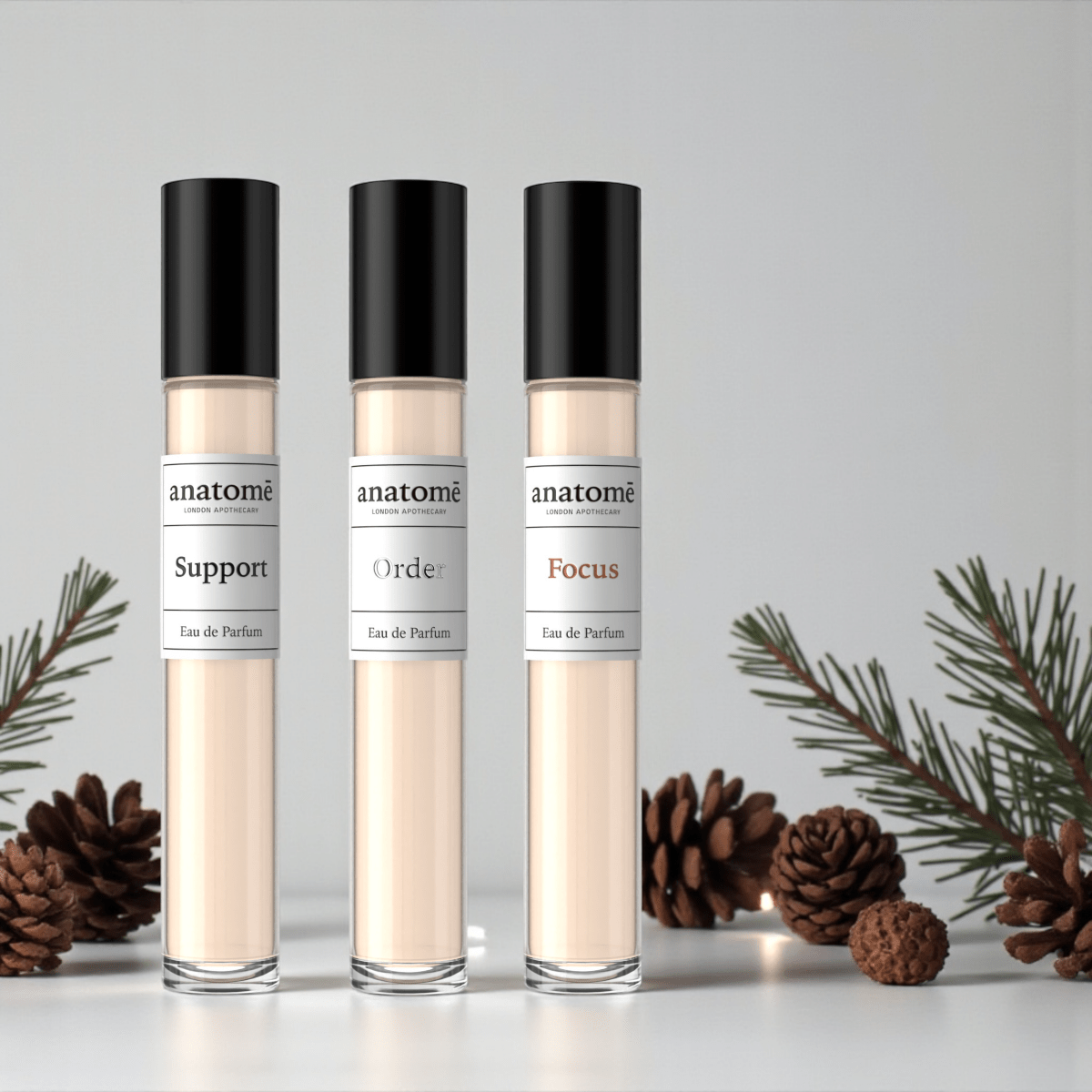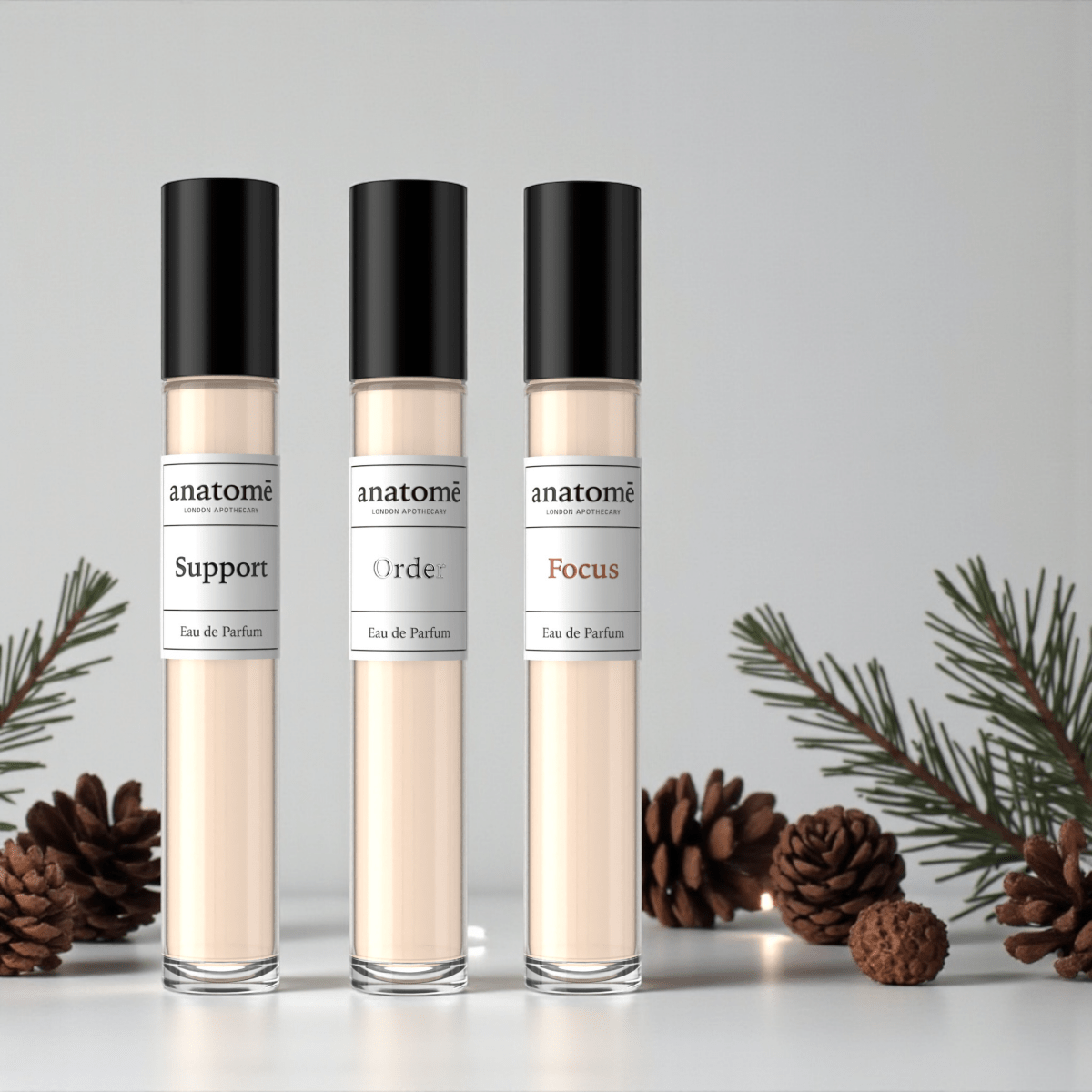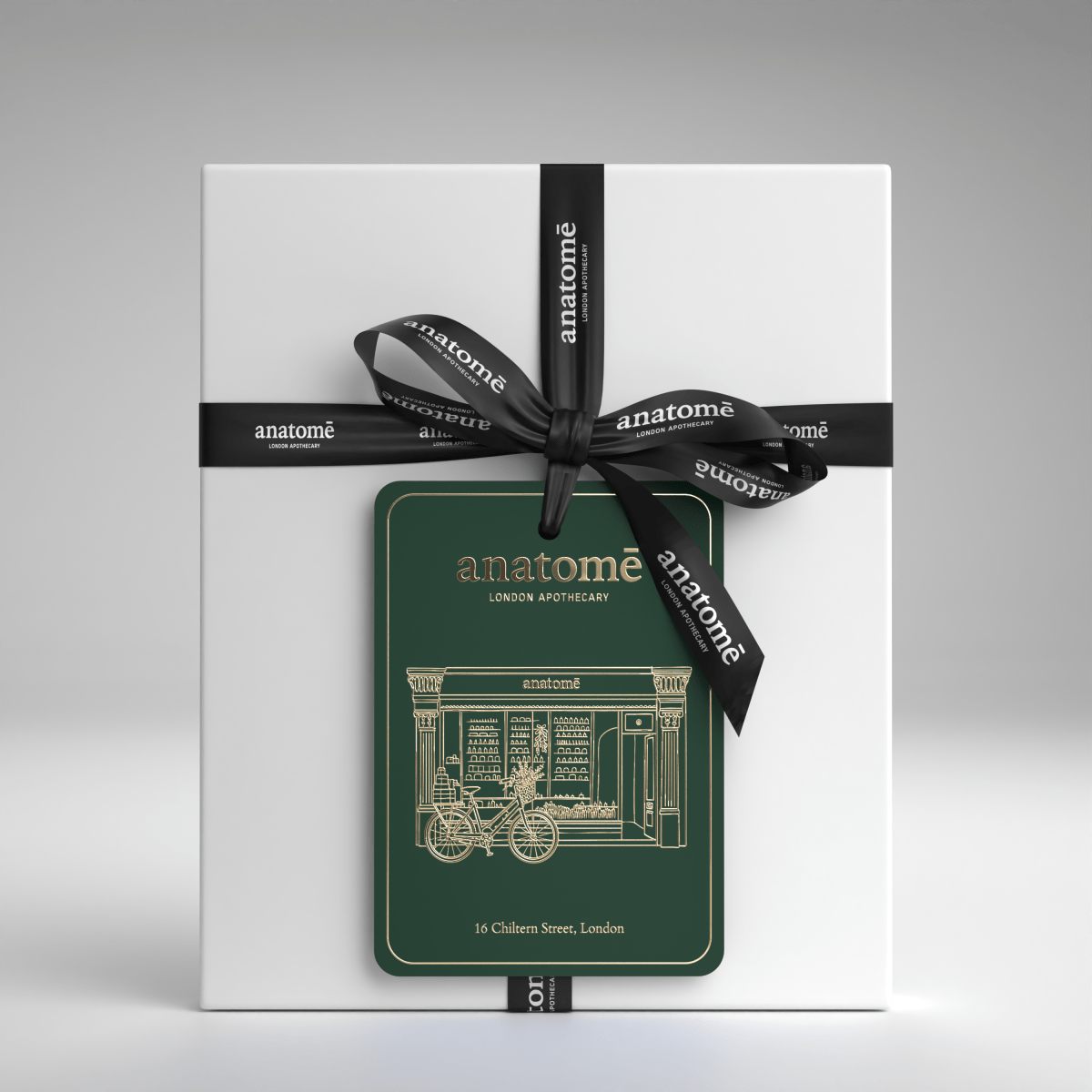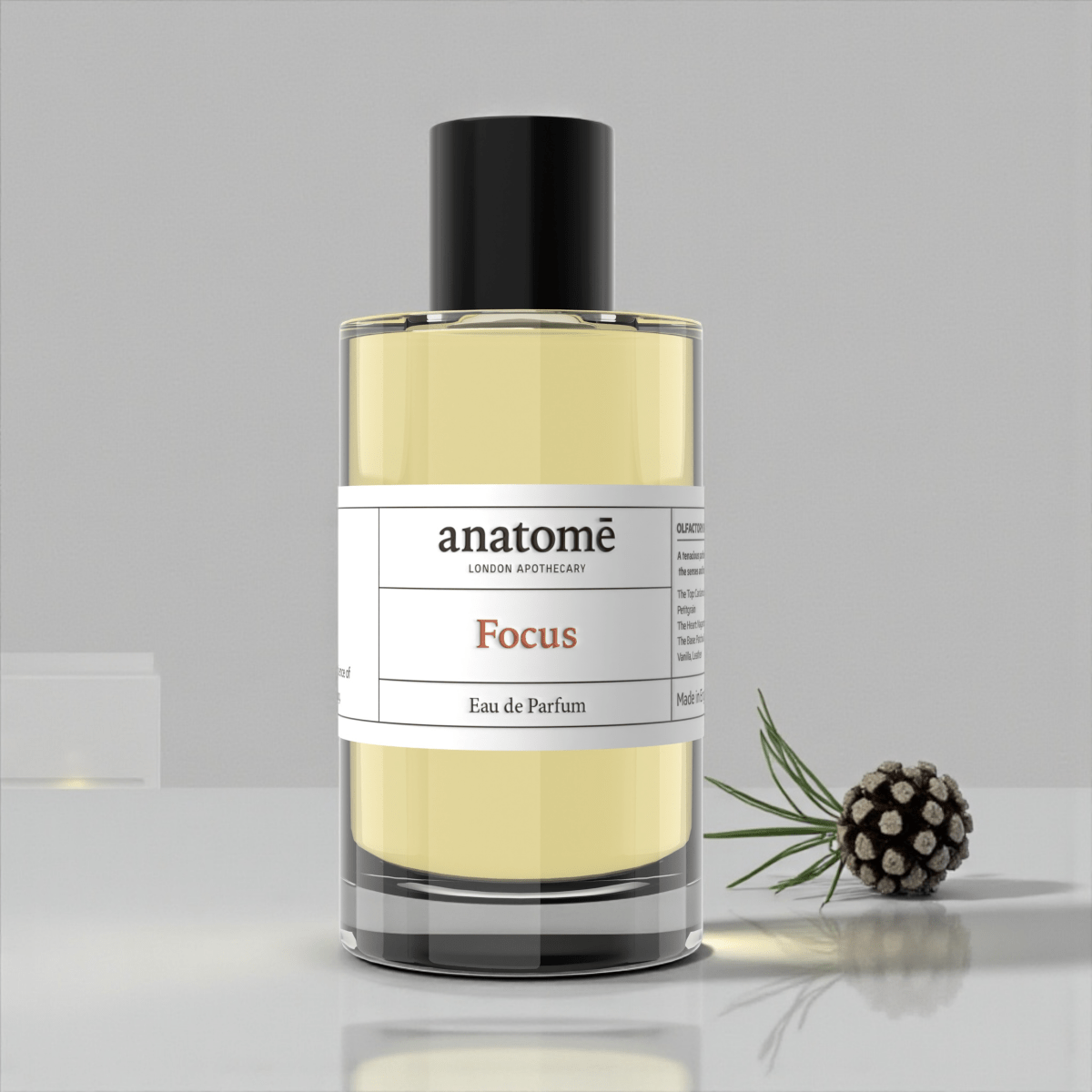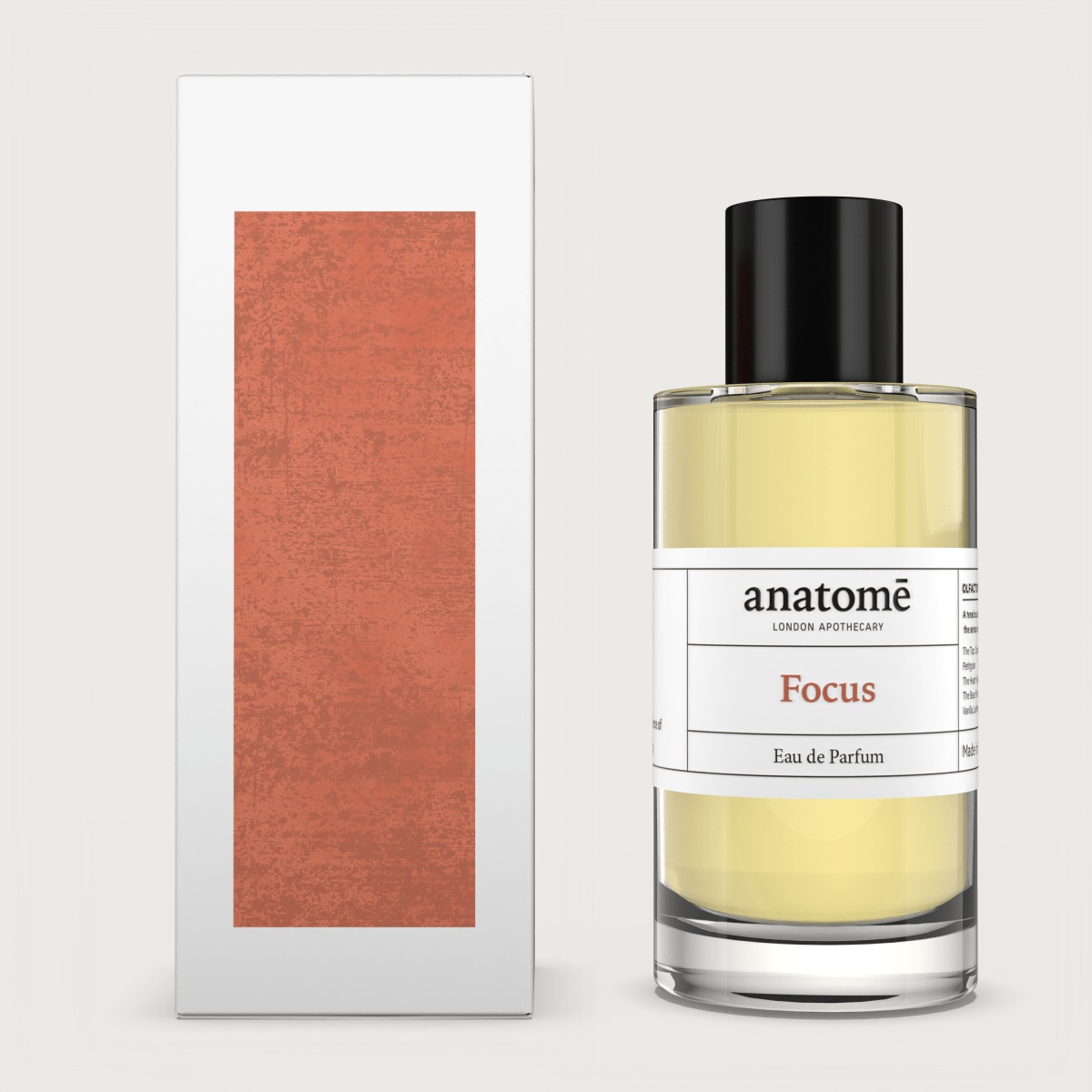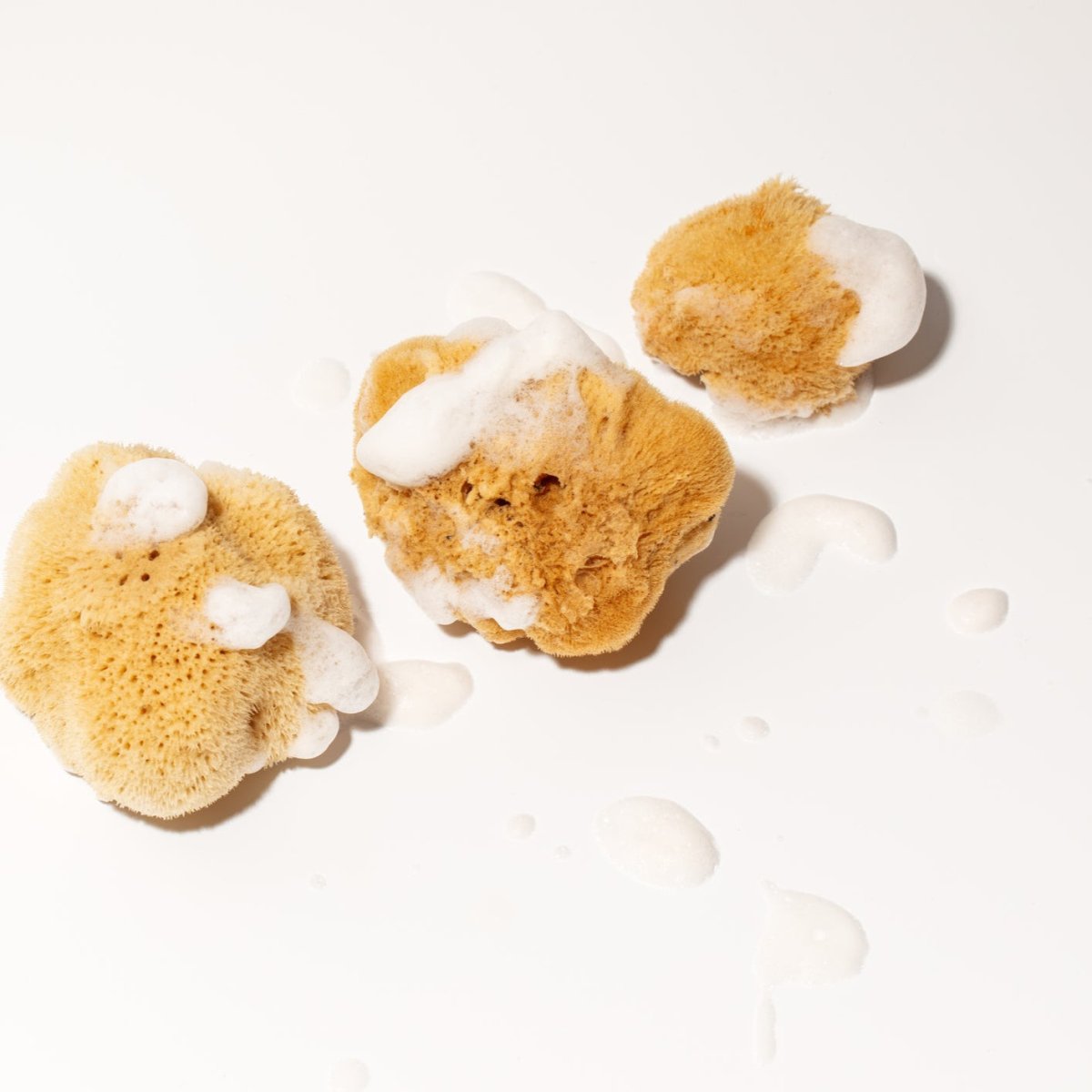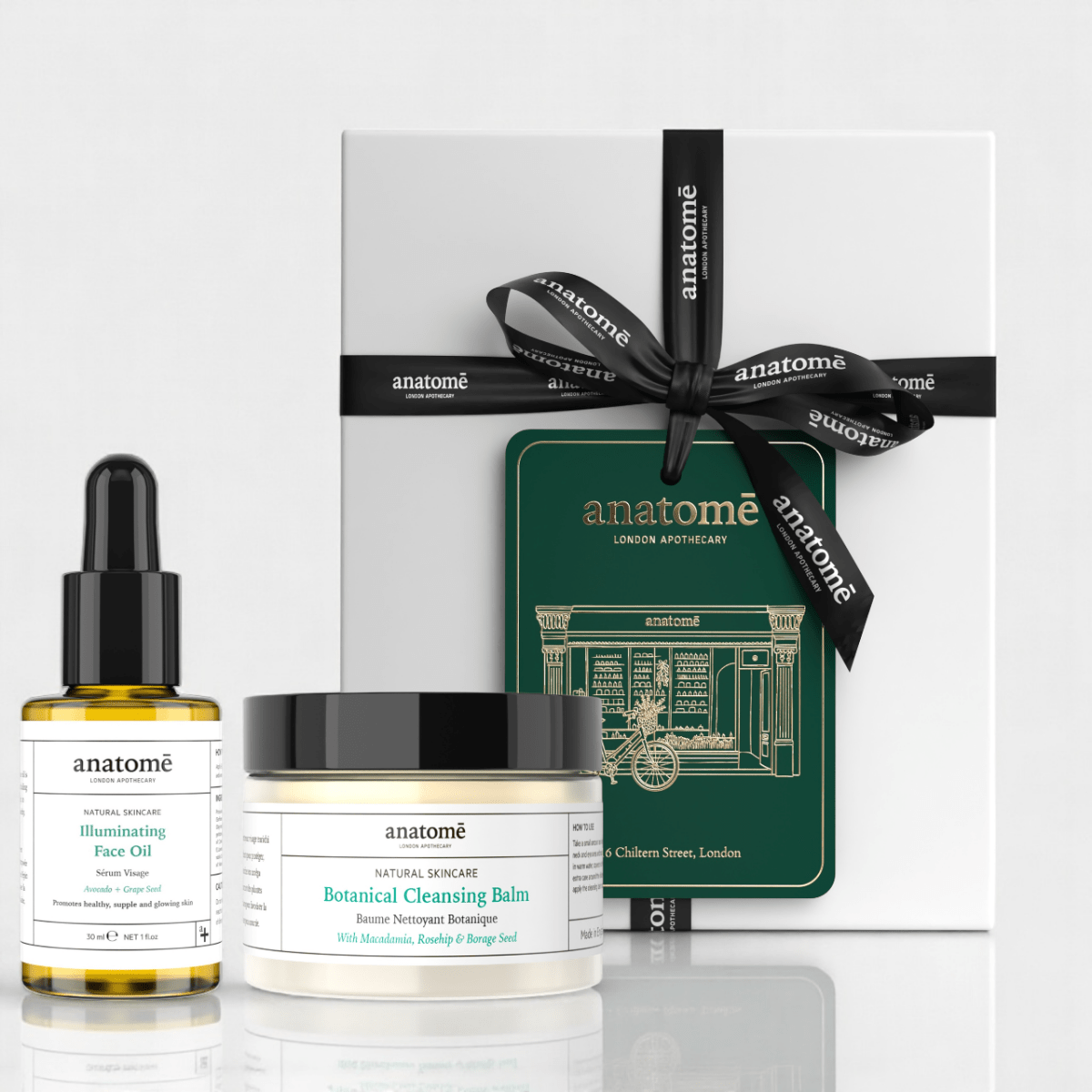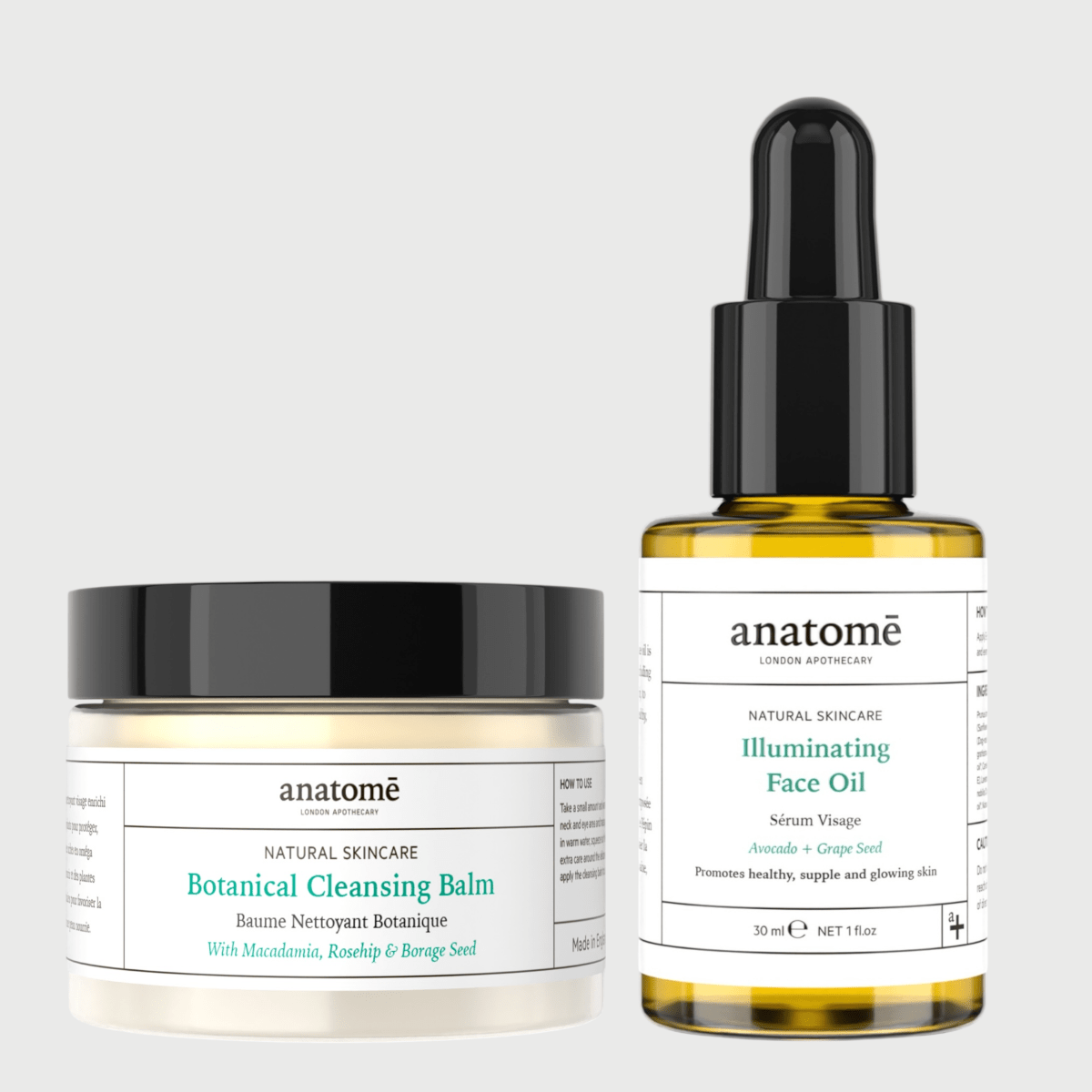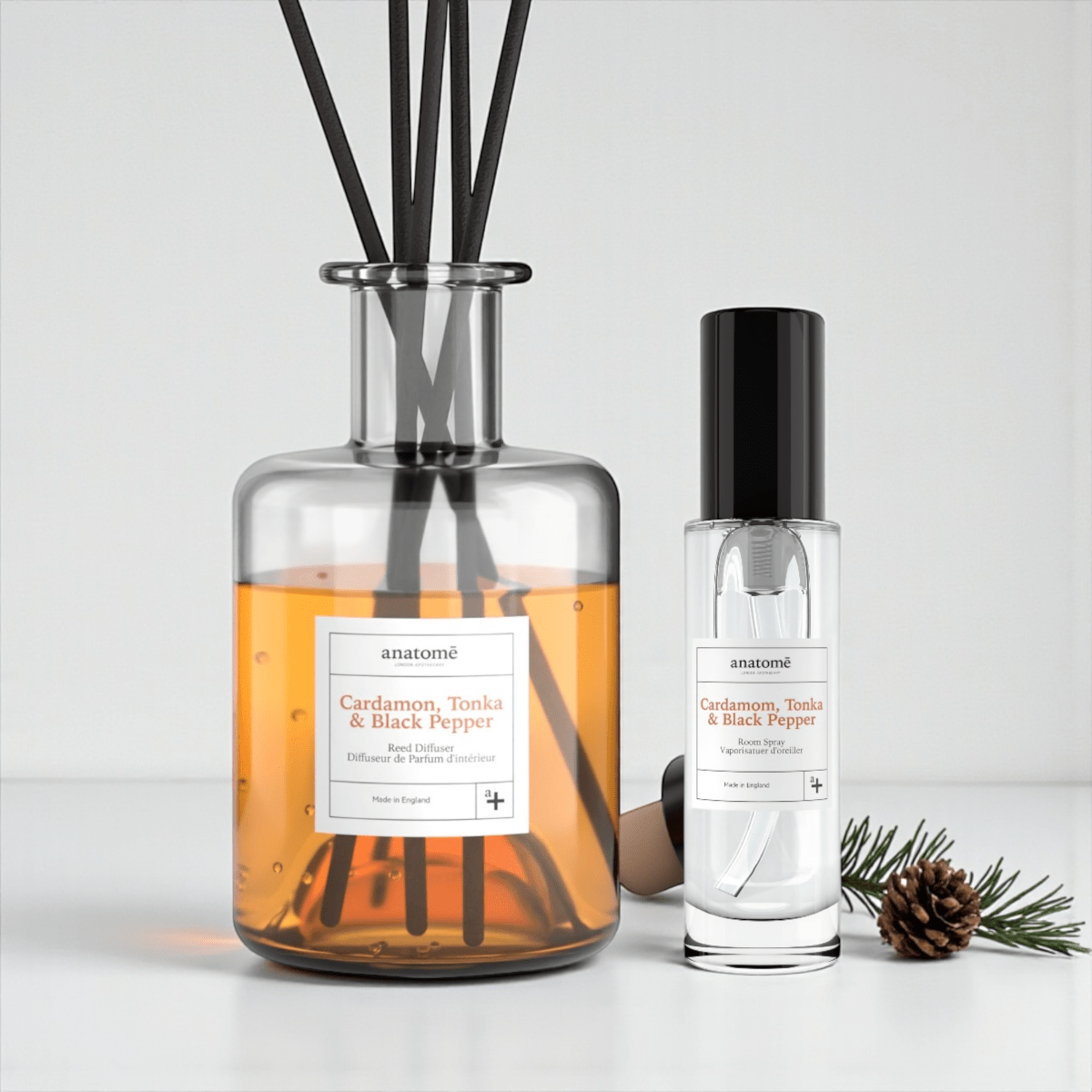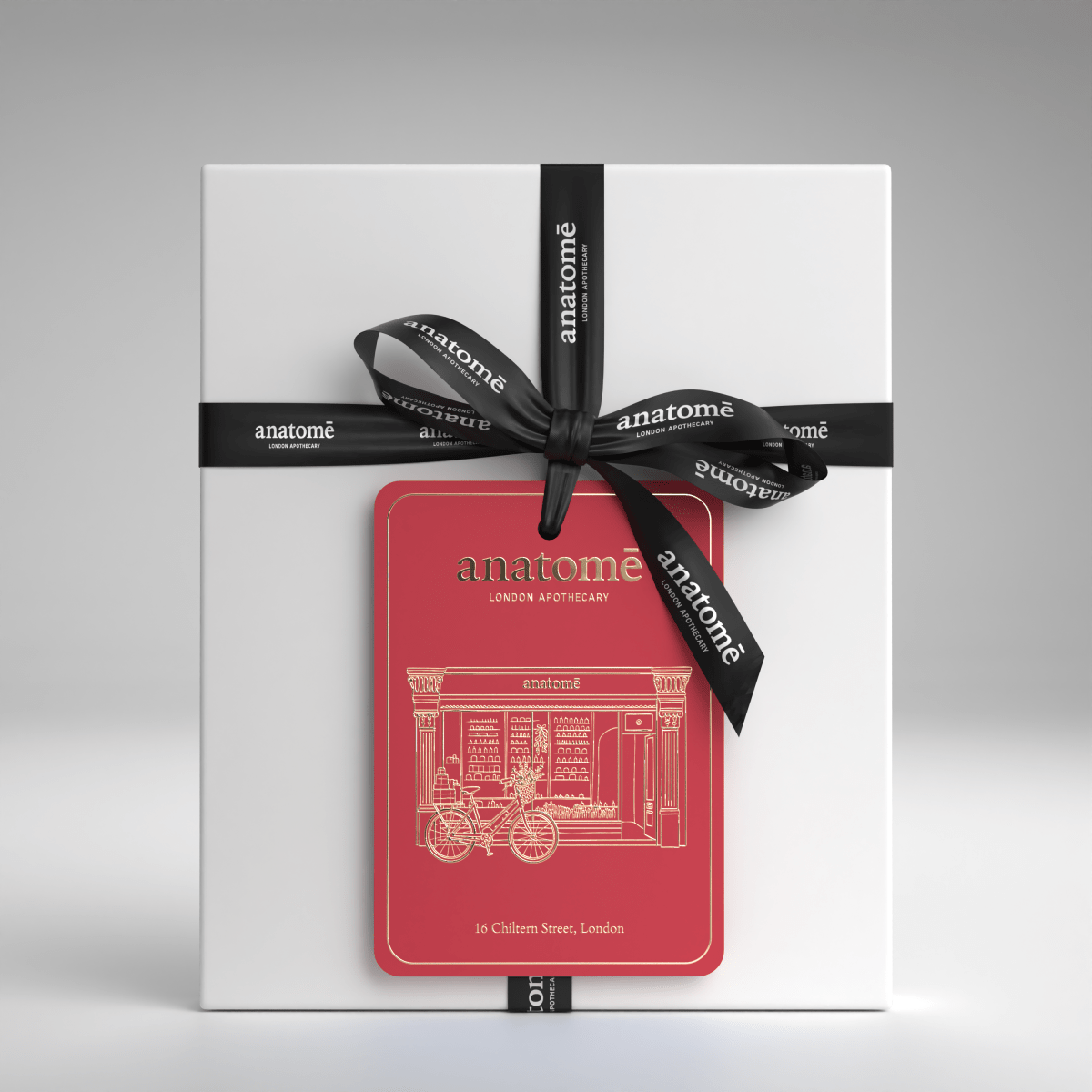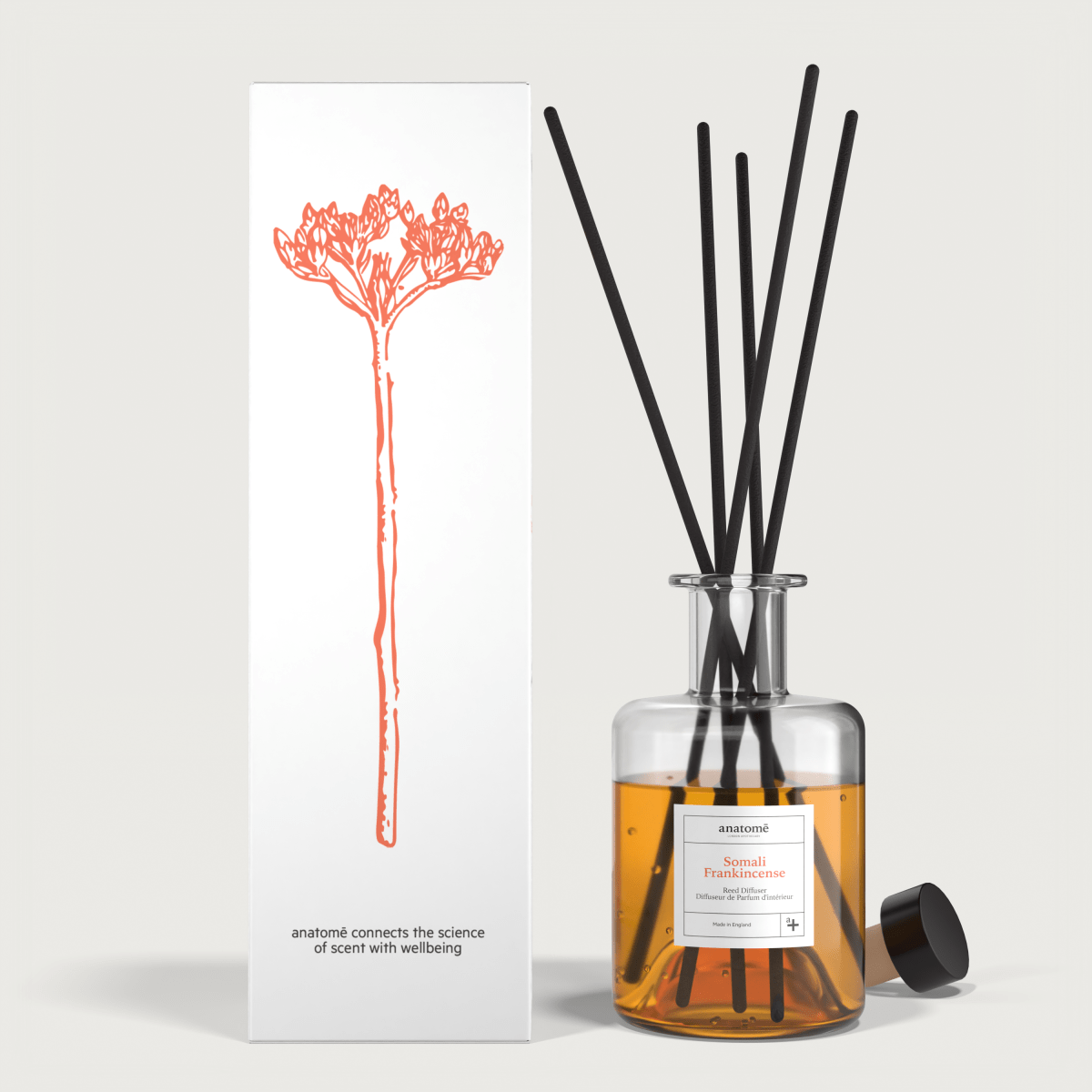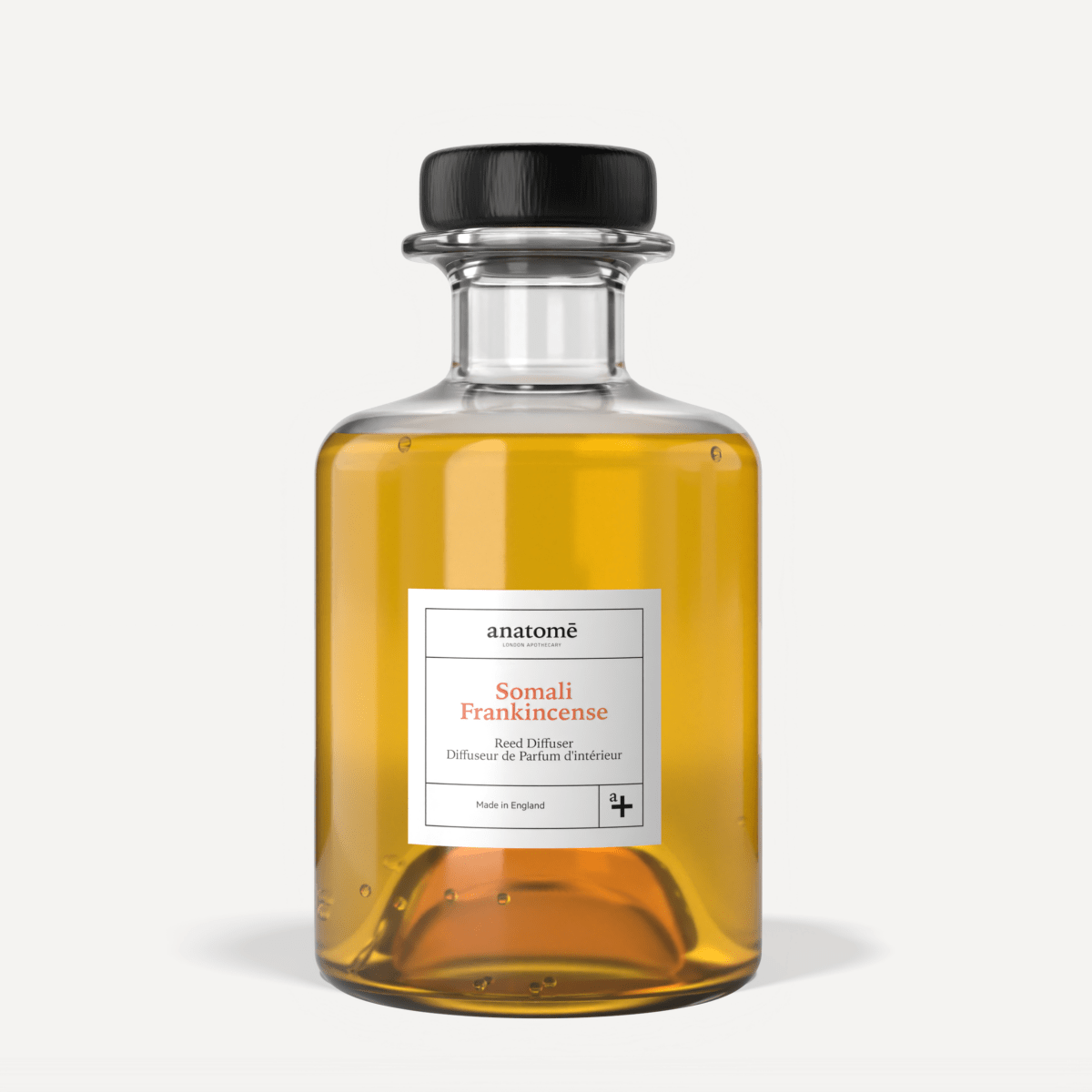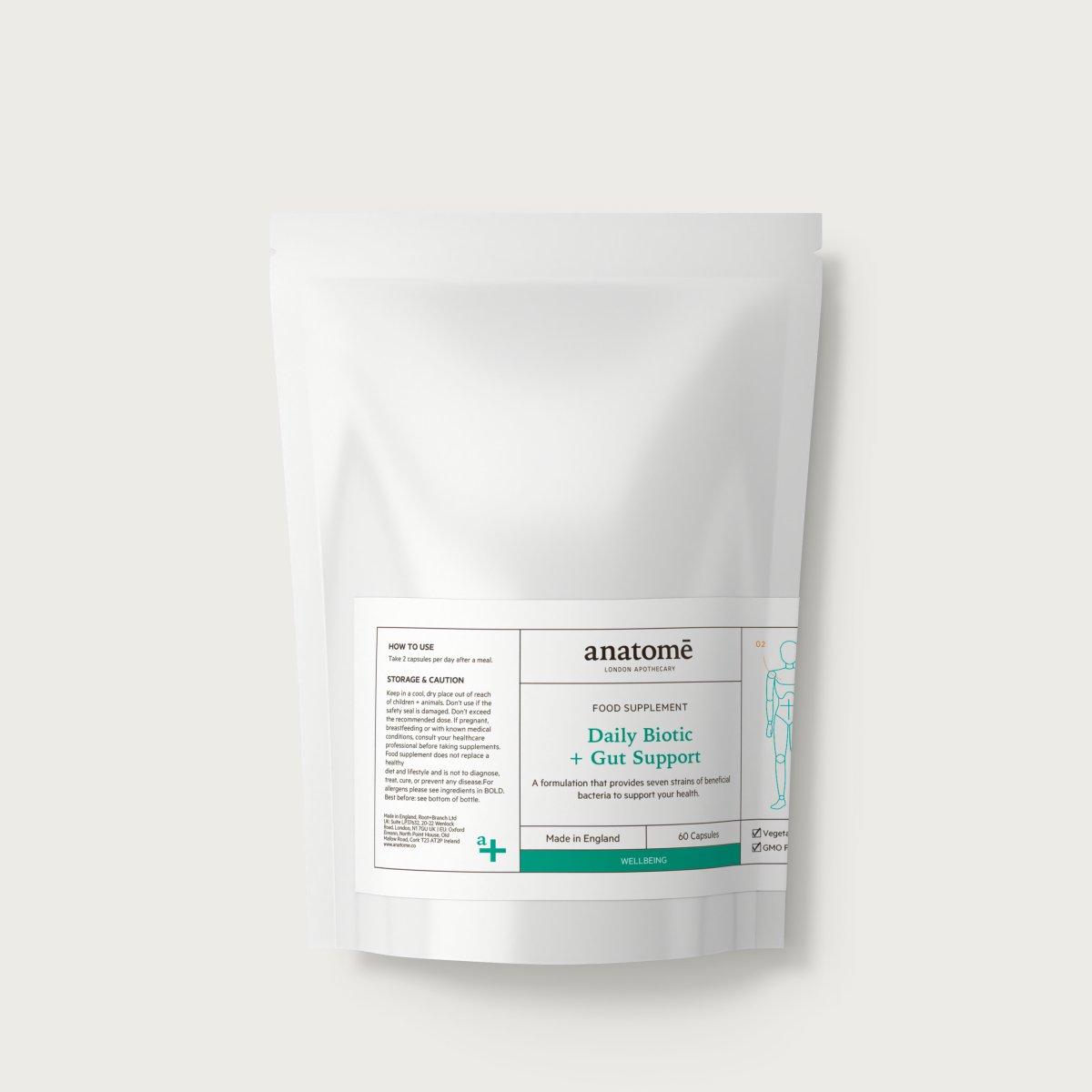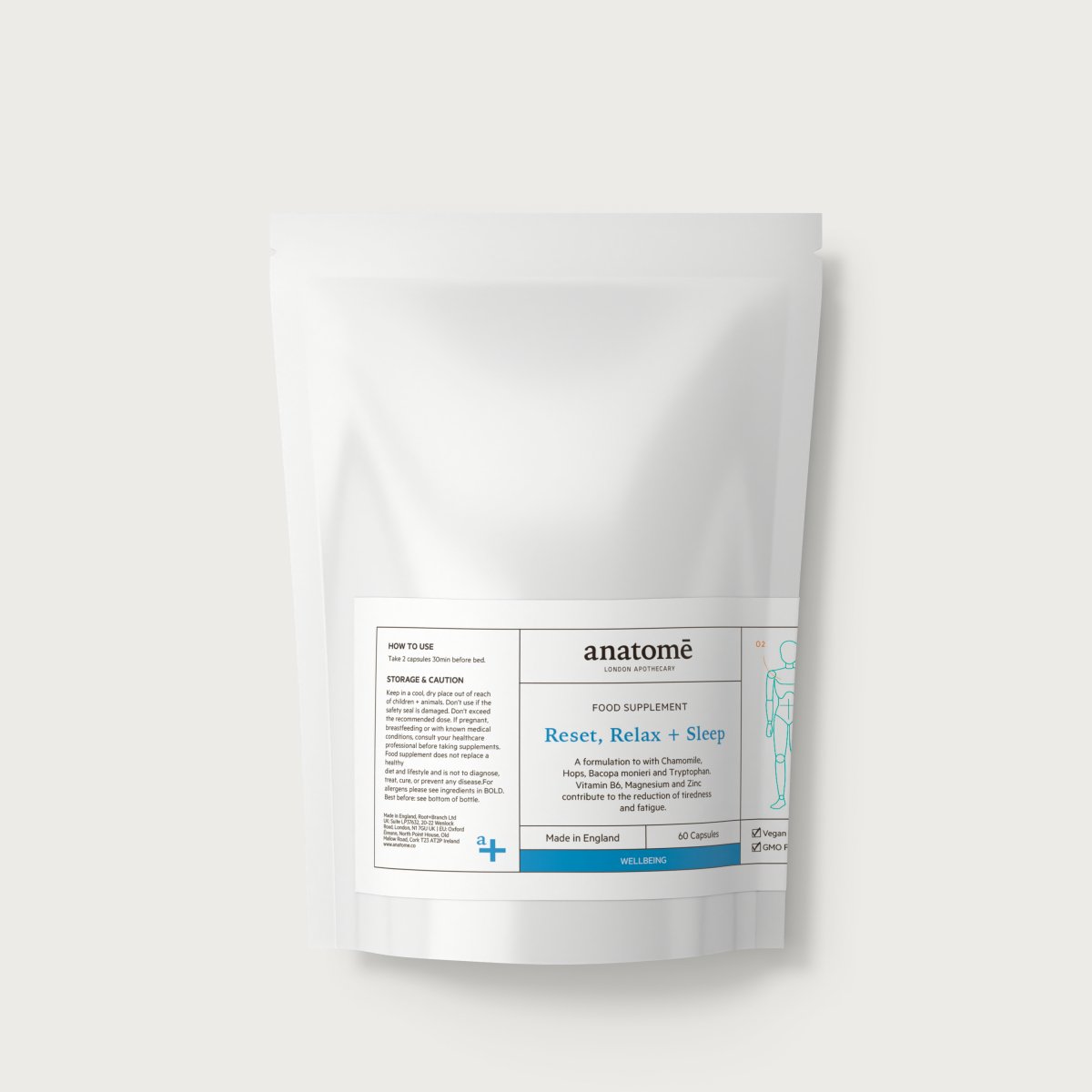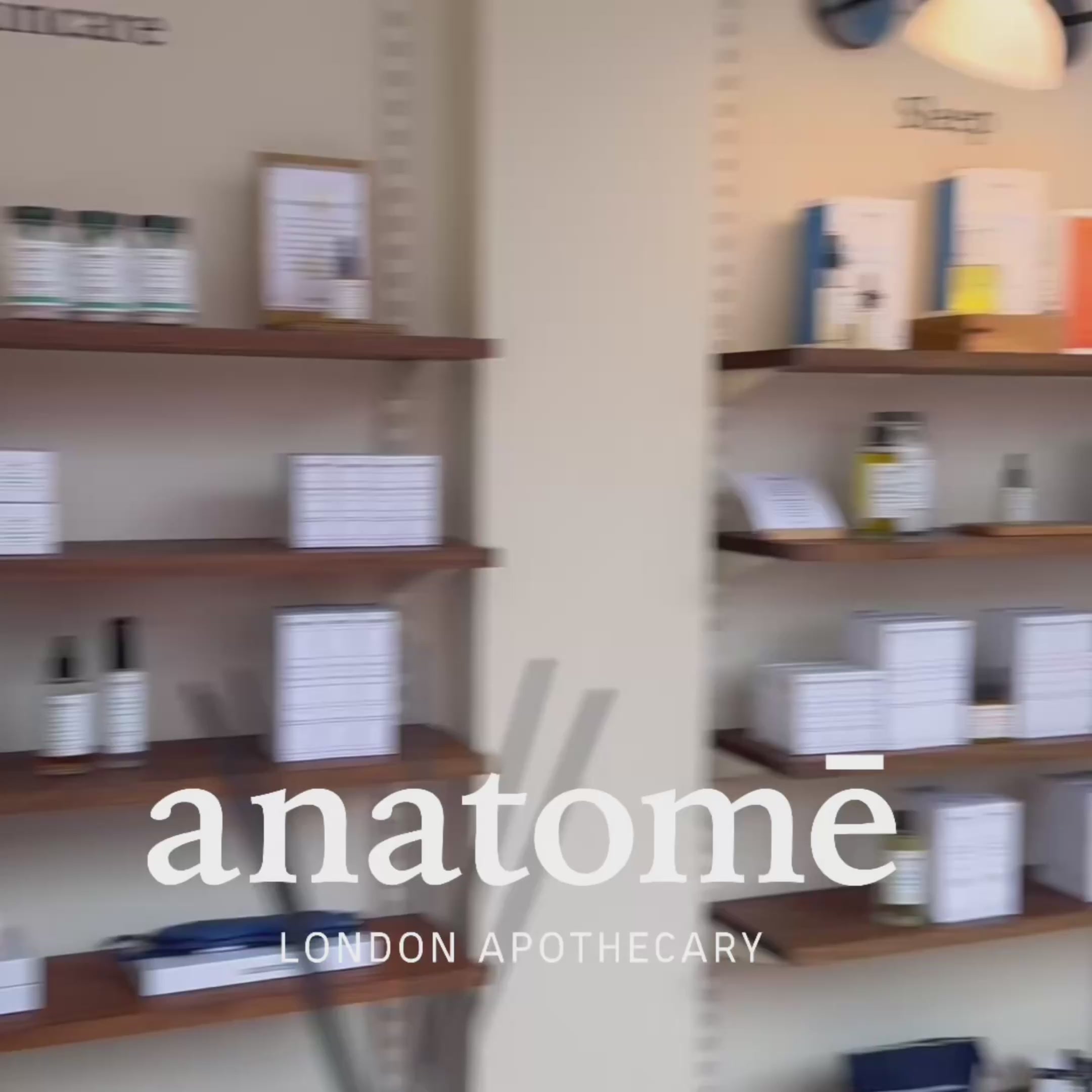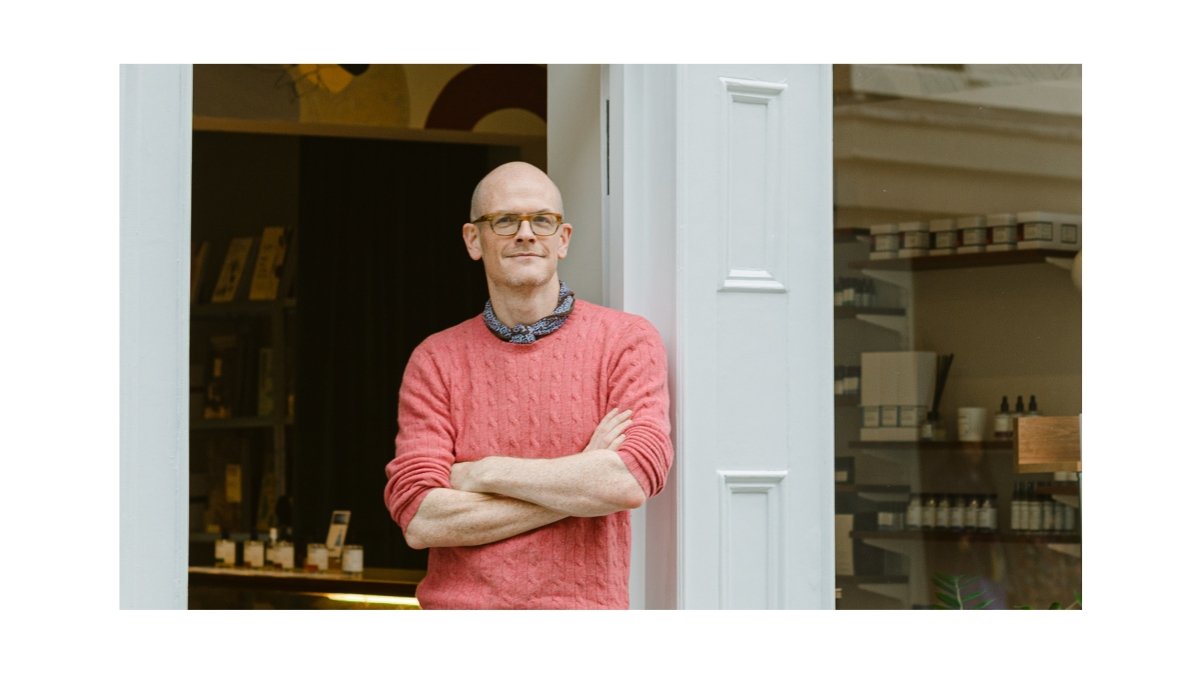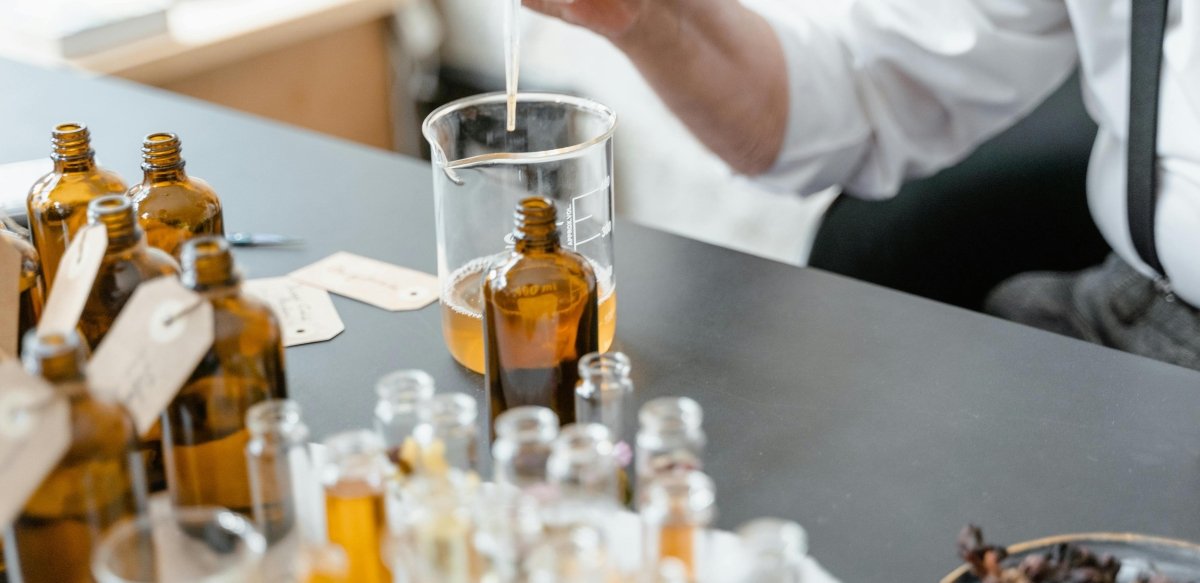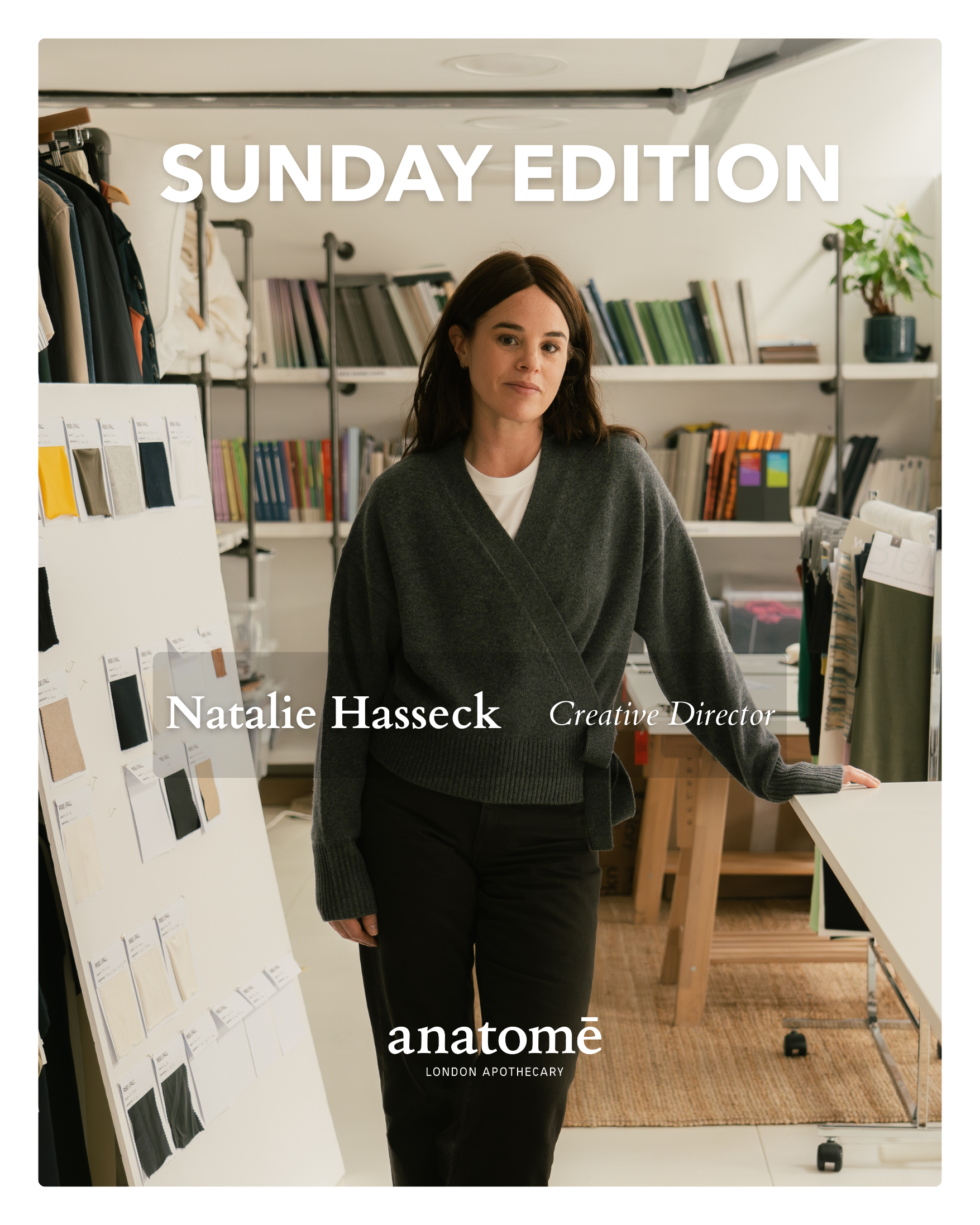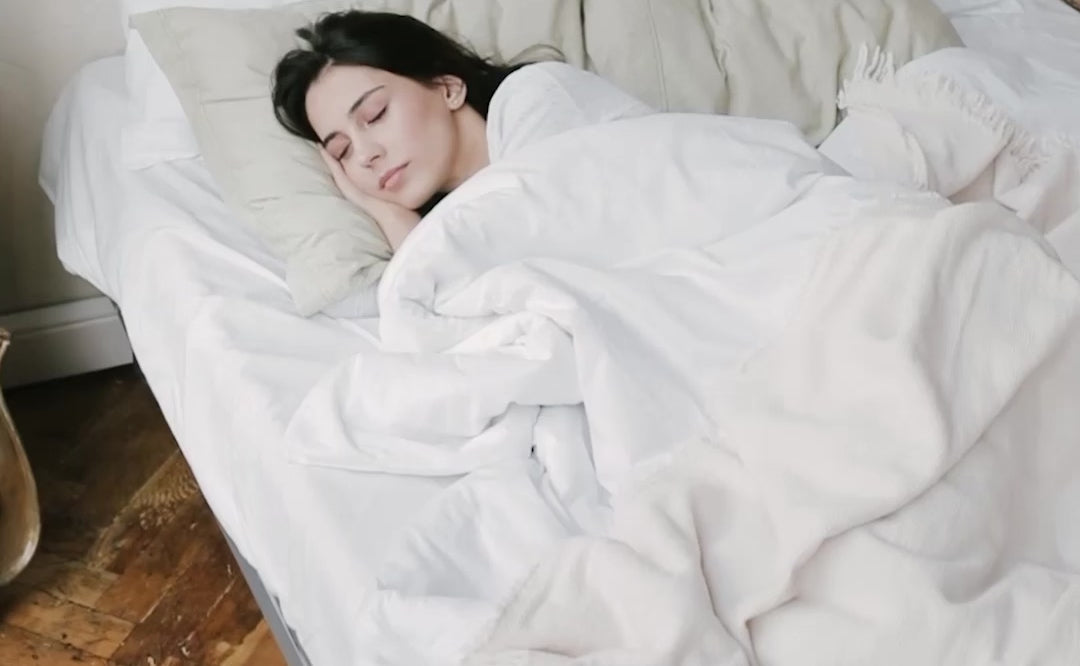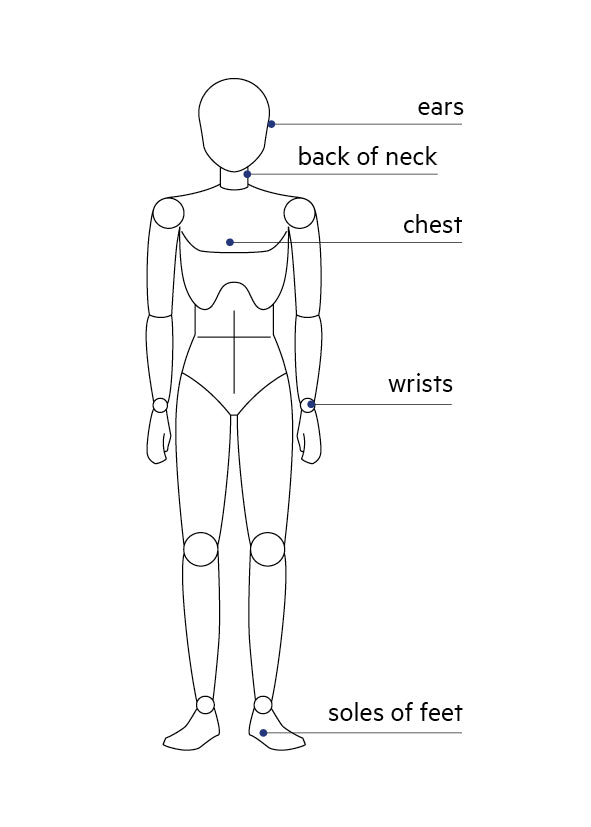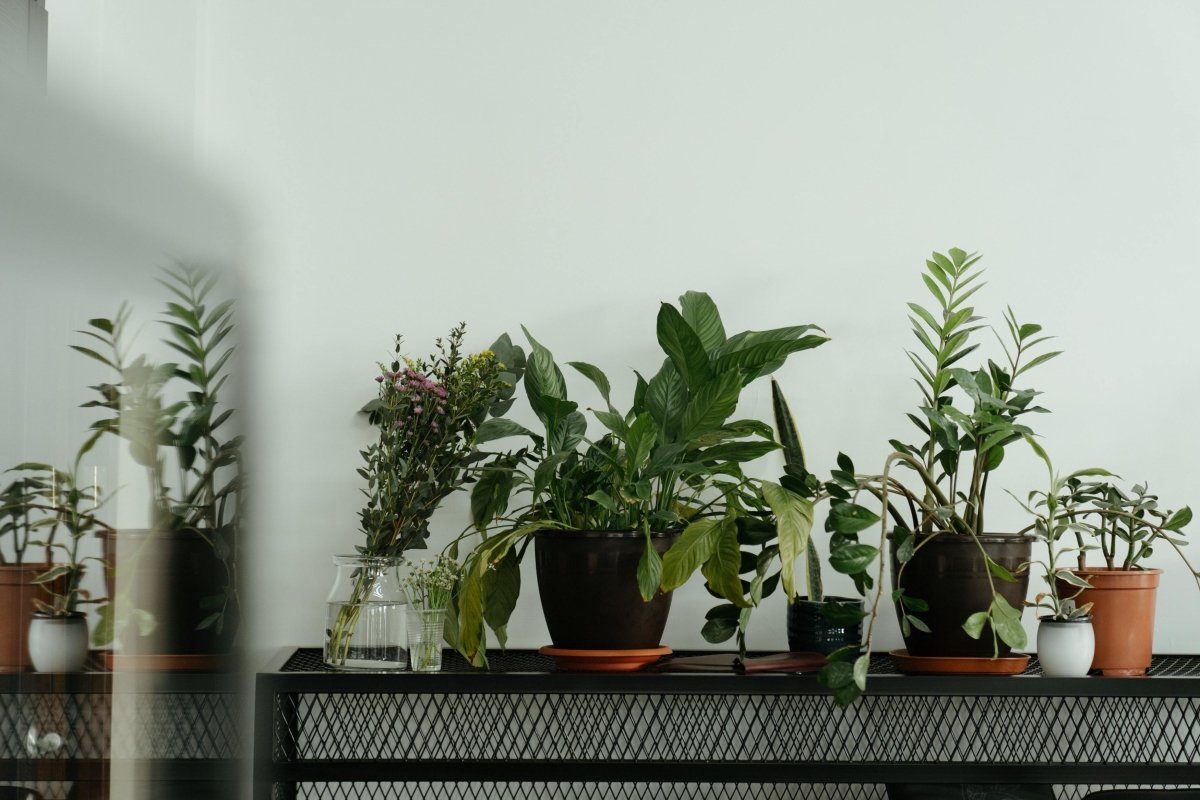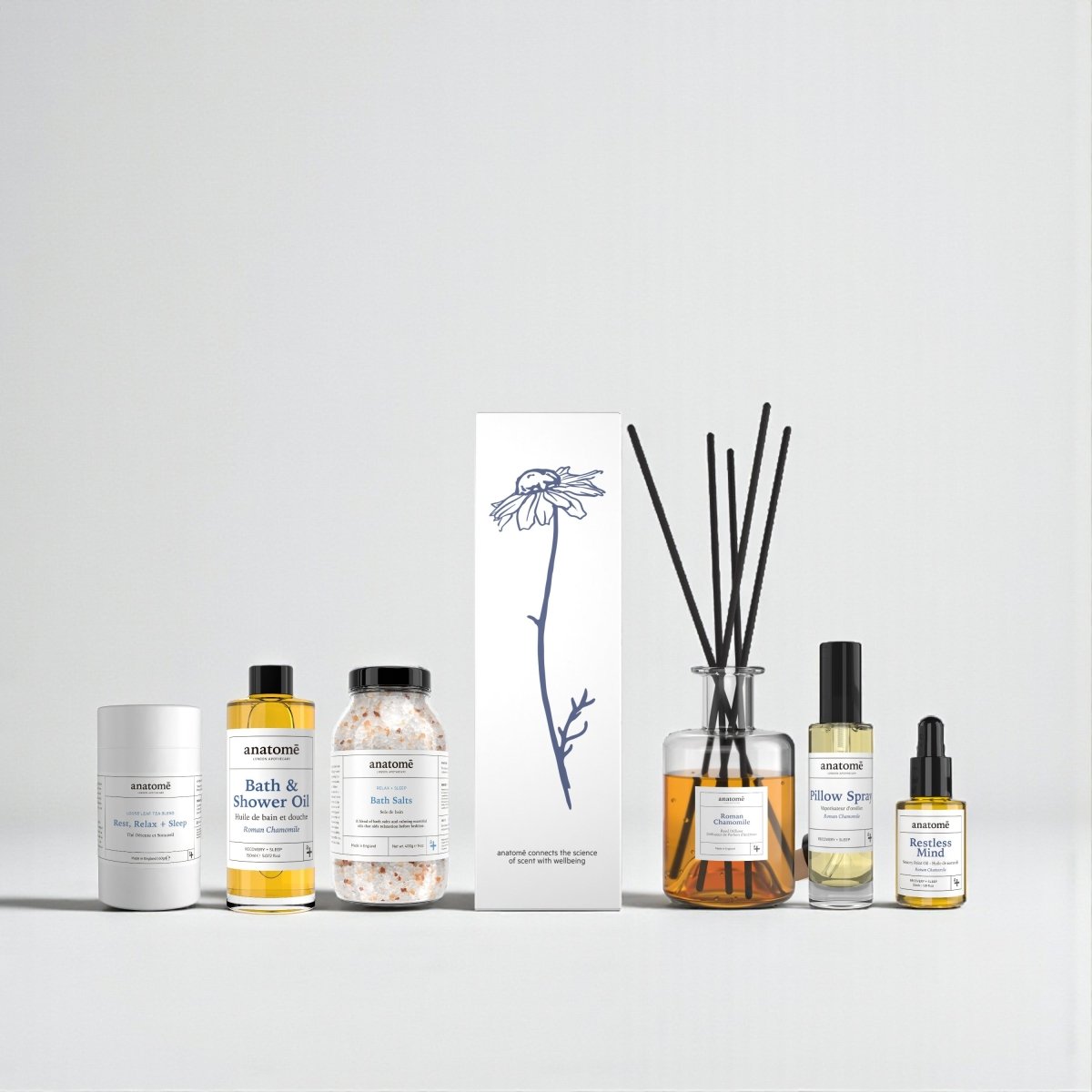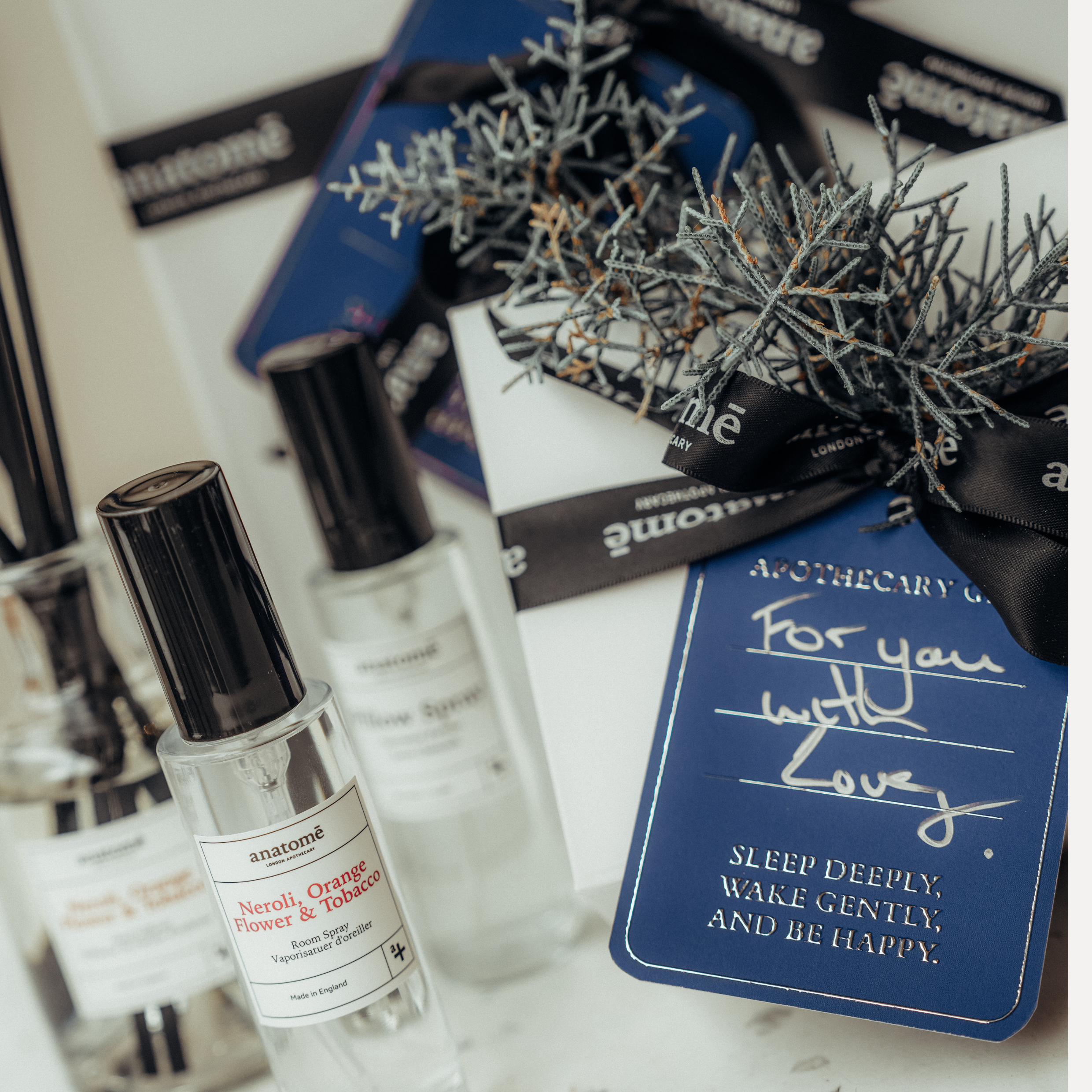Plants have become a part of standard home decor and over the last several years, we have seen a shift in how people view their plants. In fact, millennials have been the biggest purchaser of plants since 2013, and show no sign of stopping. Once the lockdowns set it, it seems like this has grown from more than just millennials, with plant buying remaining high throughout the year. Plants have a multitude of benefits for us, so it’s no surprise that this remains something we indulge in as we stay inside more and more.
Urban horticulture is a relatively new subset in the larger horticulture field. Horticulture itself is the science and art of growing plants, whether they be fruits, vegetables, flowers, or ornamental plants in the home. However, urban horticulture is the relationship between urban spaces and plants. When the rapid urbanization of the industrial revolution occurred, plants and green spaces in cities were largely abandoned for factories and housing. While there were still small green spaces left in the cities, after World War 2 when victory gardens were prominent everywhere, including in the city, most of the economically stable moved out into the suburbs, leaving public authorities to be the only ones gardening.

After this, cities were left with a large number of vacant lots, especially in America, which led to movements toward modern community gardening and urban agriculture at the same time as the peace, women’s, environmental, civil rights and back to the city movements of the second half of the 20th century. These movements saw an opportunity to use vacant lots to revive communities through allotments and urban agriculture (1).
While traditional urban horticulture tends to be in the form of community gardens and urban agriculture, as more people have been moving back into cities, we’ve seen a rise in the number of houseplants people are buying. Many attribute this to a mixture of people having kids later in life, the debt issue in America (where in 2019 millennials held about $1 trillion of the nation’s debt), and the rise of social media, where communities of plant lovers can come together.
Regardless of why it’s happening, we can all agree that it’s a positive thing, it’s no wonder that after the toilet paper, flour, and pasta craze of this last year, the next item people started buying was houseplants. It speaks to a need for us to take care of something other than ourselves, especially in a year when we are with ourselves a lot more than we had perhaps been in the past.

But also, plants have scientifically proven benefits that make them more important than we might expect and can explain the houseplant craze of the last few years.
One study found that plants in the home or the office can reduce stress by making you feel more comfortable and soothed (2). While another found that plants can help sharpen your attention, with them saying, “the visual stimulation of green foliage plants tended to improve attention and feelings of comfort,”(3). Although the second study was performed using elementary school students, it has implications that suggest this could be true for adults as well.
Not only can plants help with work, but they are also a great help at mitigating the effects of depression and anxiety. In fact, clinics in Manchester have even started “prescribing” potted plants to patients based off of the research done by Cambridgeshire and Peterborough NHS Foundation Trust (4). This study found that horticultural therapy can help improve feelings of wellbeing for patients with depression, anxiety, dementia, and other conditions (5).

And those are just a few of the benefits that plants can bring. There are plenty of others, which gives reason to why companies like Patch Plants, Conservatory Archives, and Bloombox Club have sprouted up over recent years. Traditionally, garden centres in big cities have been difficult to get to and companies like Patch Plants, Conservatory Archives, and Bloombox Club help to fill that niche of the urban gardener. They bring the plants and the tools straight to your home so you can grow your own little jungle and reap the benefits.
The plant fad isn’t dying out anytime soon, and for good reason. Urban horticulture is a fledgling field of study and as we continue to live in cities and grow plants it will continue to teach us more about these plants we keep in the home. For now though, we’ll just keep picking up plants and caring for them as they care for us.
References:
1) https://en.wikipedia.org/wiki/Urban_horticulture
2) https://www.ncbi.nlm.nih.gov/pmc/articles/PMC4419447/
3) https://www.mdpi.com/1660-4601/16/5/796/htm
4) https://healthiermanchester.org/ey-up-petal-how-docs-are-prescribing-plants-to-keep-mancs-kale-and-hearty/
5) https://www.ncbi.nlm.nih.gov/pmc/articles/PMC5663021/

